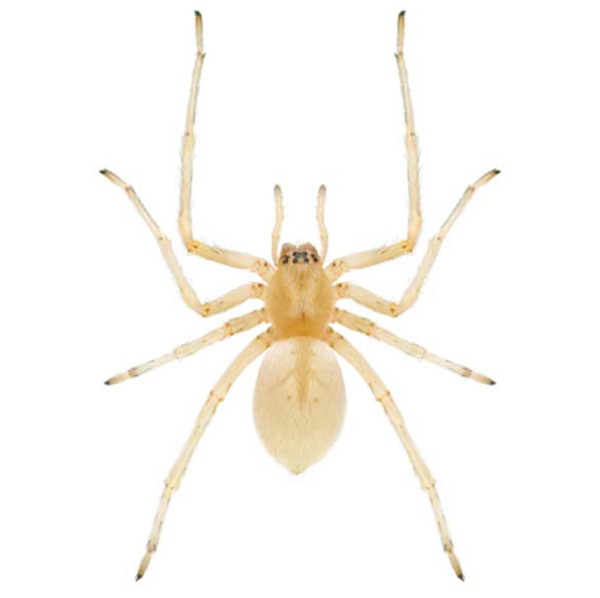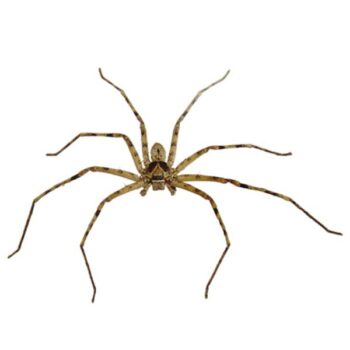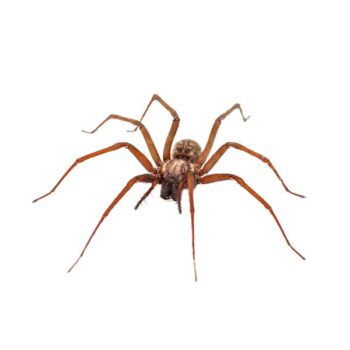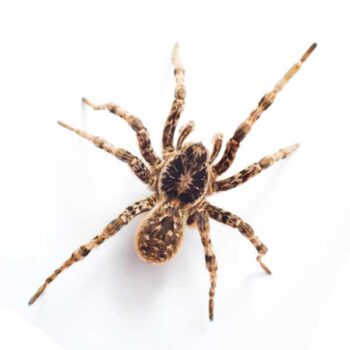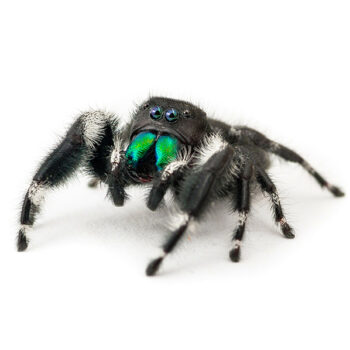Sac Spider in Wisconsin
Commonly recognized as the “yellow sac spider,” this species displays a pale yellow hue, sometimes with greenish undertones. These spiders exhibit a natural tendency to avoid human interaction, typically entering indoor environments by mistake. Sac spiders are often mistaken for the brown recluse due to their similar form, even though they don’t have the distinctive “fiddle” marking of the brown recluse. Their diet mainly consists of various spiders and garden pests.
Sac Spider Habitat
In their natural outdoor habitat, sac spiders are often found beneath vegetation, within bark layers, curled leaves, and amidst organic detritus. These arachnids sometimes hitch a ride on agricultural products, such as grapes, inadvertently making their way into homes. With the onset of cooler weather in autumn, sac spiders tend to migrate indoors in search of warmth. Their agility allows them to ascend smooth surfaces effortlessly, where they construct silk-based, sac-shaped shelters in corners where walls converge or meet ceilings.
Sac Spider Behaviors, Threats, or Dangers
Sac spiders are predatory in nature, utilizing their silk sacs solely as a retreat or for encasing their eggs. They are primarily nocturnal hunters, preying on insects during the night. Bites from sac spiders are sometimes mistaken for those of the brown recluse spider due to the similarity in the presentation of symptoms, which are notably less severe. Although a bite from a yellow sac spider can induce discomfort, it seldom leads to serious medical issues, barring individuals with allergies. Symptoms such as swelling, delayed healing, and the formation of ulcer-like sores at the bite site can be misleading. Should you suspect a spider bite, it is important to seek medical consultation if symptoms do not improve or worsen. If you need help with sac spiders, contact your local spider exterminators.
Need help with Spiders?
We'll call you! Leave your information below.

